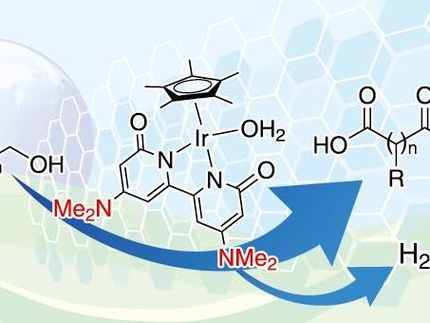Is phthalate alternative really safe?
New MUHC research warns DINCH plasticizer may need further safety evaluation
A commonly used plasticizer known as DINCH, which is found in products that come into close contact with humans, such as medical devices, children's toys and food packaging, might not be as safe as initially thought. According to a new study from the Research Institute of the McGill University Health Centre (RI-MUHC) in Montreal, DINCH exerts biological effects on metabolic processes in mammals. The findings, published in the journal Environmental Research, may have important implications since DINCH has been promoted by industry has as a safe alternative to phthalate plasticizers, despite there being no publicly available peer-reviewed data on its toxicology.
“This is the first study to show a biological disruptive effect of the plasticizer DINCH and its metabolites on the metabolism in mammals,” states study lead author, Dr. Vassilios Papadopoulos, who is a researcher in the Experimental Therapeutics and Metabolism Program of the RI-MUHC and a professor of Medicine at McGill University. “These findings show that DINCH might not be as safe as it has been promoted and there is a real need for more research on the safety and the use of this widely used product.’’
Health concerns about plasticizers have been the subject of considerable scientific, legal and media debate in recent years. Some phthalates – which are among the best-known plasticizers – have been restricted or banned in children's products across North America and in many countries in Europe, during the last 10 years, because of their effects on reproductive health. DINCH (1,2-cyclohexanedicarboxylic acid, diisononyl ester) has been used as an alternative and is approved and certified by many authorities and institutions worldwide; however, until now there have been no peer-reviewed research publications on its safety and potential metabolic and endocrine-disrupting properties.
The research team at the RI-MUHC, which has been working on phthalates for years, decided to evaluate the effects of DINCH and two of its major metabolites (CHDA and MINCH) with in-vitro experiments on the adipose tissue of rats. In fact, the researchers initially used DINCH as a control, since it was believed to be safe, but found that it was working in the same way as the phthalates. The action of DINCH was found to be particularly similar to a type of phthalate known as DEHP, a group of chemicals whose use in Canada and the US was restricted to small amounts in all children’s products 2011, at the same time as the EU began phasing out their use.
The study shows that DINCH’s metabolite (MINCH) acts as a metabolic disrupter by affecting adipose tissue differentiation, in other words how fat is made in the body. They also found that, similar to phthalates, the effect of MINCH was mediated by a receptor involved in both the metabolic and endocrine systems, which allowed the researchers to infer that MINCH could interfere with the endocrine system in mammals.
“We were surprised by these findings since DINCH was supposed to be a trusted plasticizer devoid of phthalate effects,” says Dr. Papadopoulos. “The fact that MINCH can affect metabolism, which is a major regulator system of our body, is concerning.”
“It is currently difficult to assess whether DINCH exposure represents a risk to human health, but specific populations such as occupational workers could be at risk if the level of DINCH reaches environmental levels as high as the banned phthalate DEHP, ” adds Dr. Papadopoulos.
According to the researchers, considering the continuous exposure of humans to plastics throughout life and the fact that there are periods in life when humans are more sensitive to exposures (such has early development), the effects of this plasticizer should be evaluated more thoroughly.
Original publication
Most read news
Original publication
Enrico Campoli, Tam B. Duong, François Deschamps, Vassilios Papadopoulos; “Cyclohexane-1,2-dicarboxylic acid diisononyl ester and metabolite effects on rat epididymal stromal vascular fraction differentiation of adipose tissue:"; Environmental Research, Volume 140, 2015.
Organizations
Other news from the department science

Get the chemical industry in your inbox
By submitting this form you agree that LUMITOS AG will send you the newsletter(s) selected above by email. Your data will not be passed on to third parties. Your data will be stored and processed in accordance with our data protection regulations. LUMITOS may contact you by email for the purpose of advertising or market and opinion surveys. You can revoke your consent at any time without giving reasons to LUMITOS AG, Ernst-Augustin-Str. 2, 12489 Berlin, Germany or by e-mail at revoke@lumitos.com with effect for the future. In addition, each email contains a link to unsubscribe from the corresponding newsletter.


























































